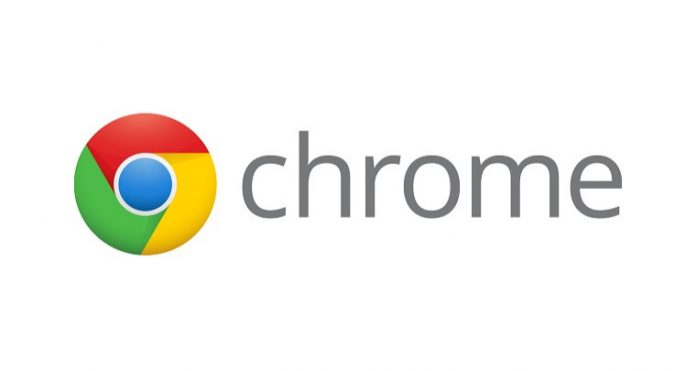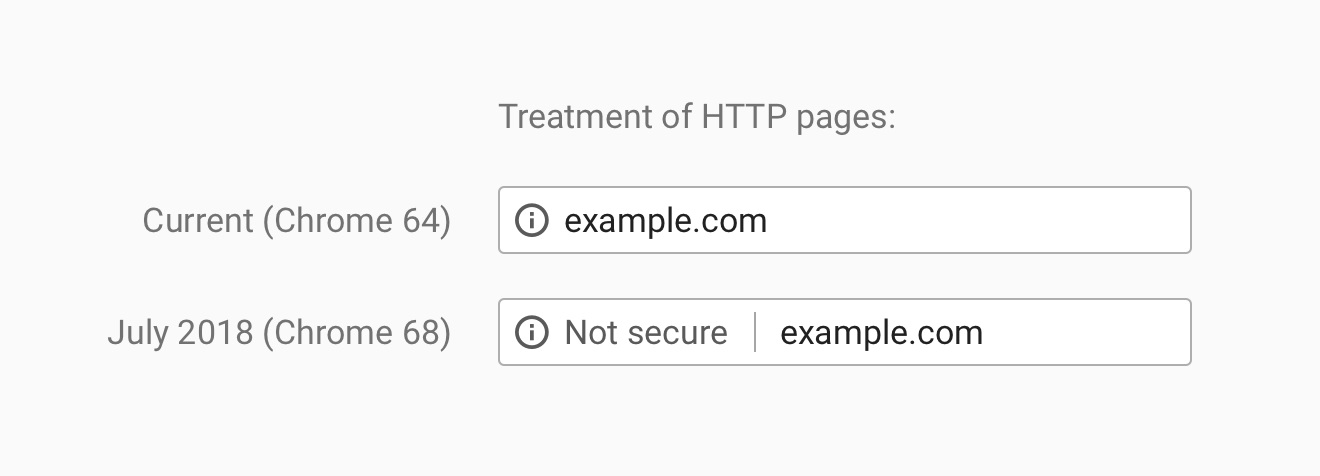In terms of a much-requested security feature, Google’s Chrome 68 will give users even more protection. The next major release of the market-leading browser will flag websites not delivered over HTTPS. This feature is a long time coming. Google first announced this ability way back in September 2016. With the release of Chrome 68, the company will be embracing HTTPS signifying secure websites. At the moment, the browser displays HTTPS sites as “secure”. However, if a site is not using HTTPS it is denoted as “not secure” by the browser. This change will happen with the today’s release of Chrome 68. In October, when Chrome 69 arrives, the company will stop denoting HTTPS sites as secure and will instead display nothing for secure sites. On other browsers, the system is similar. For example, Firefox uses a green padlock symbol to show a secure site, whereas a grey open padlock would mean it is not secure. As for Edge, Microsoft uses a similar system where a lock shows if a site is secure or not.
HTTPS
HTTPS is an extension of the Hypertext Transfer Protocol (HTTP) for secure communication over a computer network. The main concept of HTTPS is to act as an authentication for a website. It displays the security of the website as coming from a legitimate place. It also shows the delivering of the site from point A (the website service) to point B (the user device) was secure and did not pass through a middle party. For what it’s worth, WinBuzzer has always been delivered over HTTPS.





